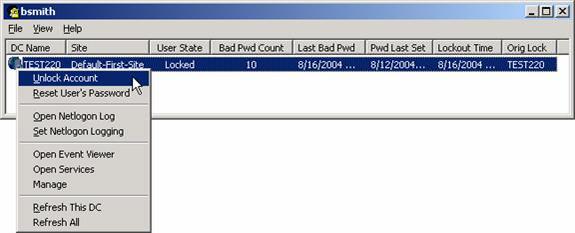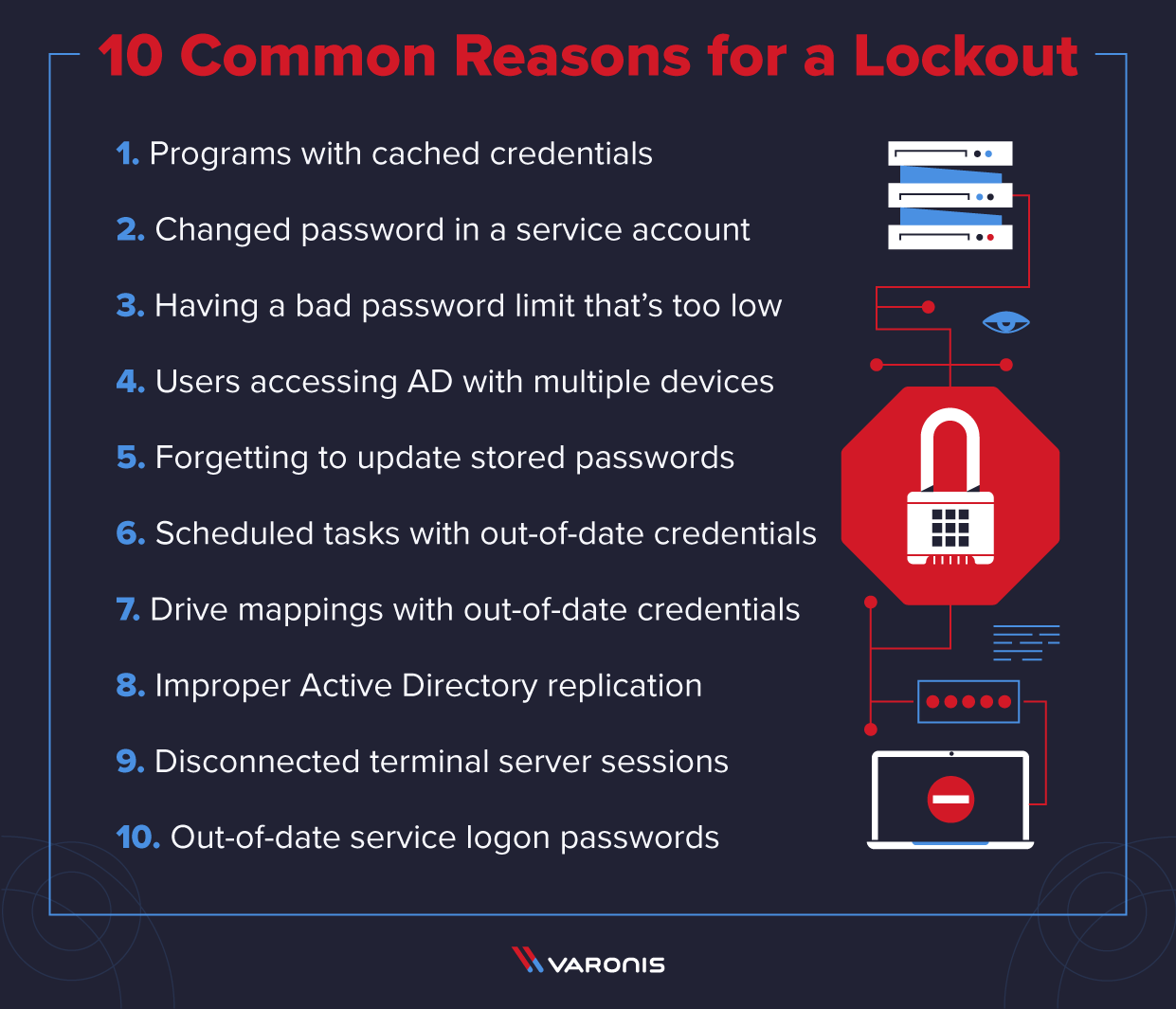


In the Group policy management console expand computer configuration > Policies > Windows Settings > Security Settings > Local Policies > Audit PolicyĢ. See my Group Policy Best Practices guide for tips on the default domain policy.ġ. Configure the Audit Policy with Group Policyįor the domain controllers configure the audit policy settings in the Default Domain Controllers Policy.įor the computers, you can set this in the Default Domain Policy. You must have permissions to view the security logs on the domain controllers and computers. I recommend using group policy to manage the audit policy on all the computers.Ģ. An audit policy must be set on all computers and domain controllers, details below. The following requirements must be set or the lockout tool will fail to run properly.ġ. This generally doesn’t result in random, continues lockouts but does create calls to the helpdesk.
#LOCKOUT TOOL MICROSOFT PASSWORD#
Users simply typing in their password wrong. Like services and tasks, it is best to create a service account for this.

I’ve seen individual accounts used for this many times. This is like services but I’m mentioning it separately because there are many applications that use Active Directory authentication.įor this to work the application needs an account setup that can read the AD objects. It is best practice to log off RDP sessions when done. Unless you have a policy that forces the logoff after a period of time, users could be left with stale RDP sessions. RDP sessions will often be closed out instead of logging out, this leaves the RDP session still logged into. Check the scheduled tasks and make sure they are setup to run under a service account. Like services, scheduled tasks are often setup with user credentials instead of a service account. If it doesn’t need network access, then make it a local account. If a service needs to run as a network account it’s best to create a service account and set the password to never expire. You can open the services console and see what account they are setup to run as. This will lead to some lockout issues when the user changes their password. I’ve seen services set to run as a regular user account. With more and more users having multiple mobile devices this is usually the #1 cause from random lockouts.
#LOCKOUT TOOL MICROSOFT UPDATE#
When the user changes their AD password they may need to update their mobile apps as well. Phones and other mobile devices can have multiple apps that require active directory credentials, Outlook being on of them. When troubleshooting account lockouts, keep this list in mind, 99% of account lockouts are caused by one of the items on this list. It’s free, simple, easy to use and comes bundled with several tools. There are many Active Directory Tools that can assist with troubleshooting account lockouts, but my favorite is the Microsoft Account Lockout and Management Tool. In this post, I’ll walk you through the exact step by step process I use for tracking down the source of random account lockouts. There are account lockout tools that can assist and quickly tracking down the source of the issue. At this point, everyone is frustrated and no one knows what the heck is causing the lockouts. I think we can all agree, troubleshooting random account lockouts can be a major pain.Ī user calls the helpdesk, you unlock their account, 5 minutes later they call again with another lockout.


 0 kommentar(er)
0 kommentar(er)
